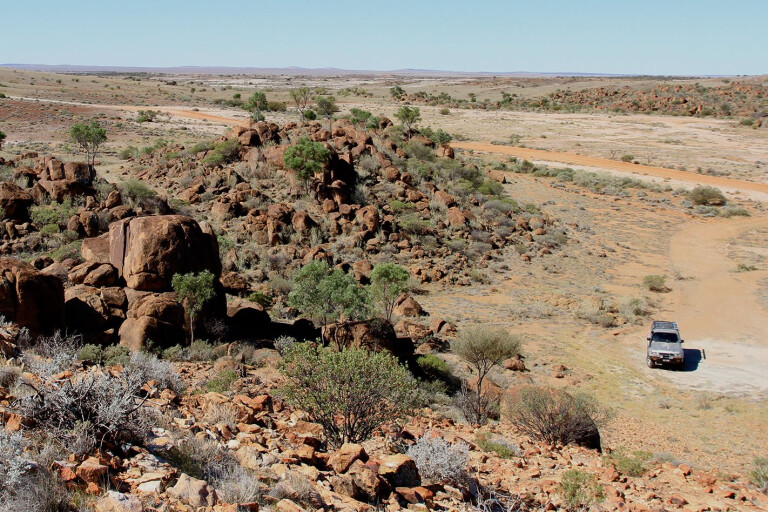
STURT National Park is tucked away in the north-west of New South Wales.
Within its 3500km2 lie flood plains, desert, jump-up country, gorges and much more for those willing to explore. The park also has significant Aboriginal sites that date back 20,000 years, and pastoralism that dates back well over 100 years.
Tibooburra, 332km north of Broken Hill, provides a great base for a few days before you explore the park. Here in town you can get fuel and groceries, as well as advice on exploring the Sturt. In fact, most people only call in to Tibooburra for an overnight stay when heading further west.
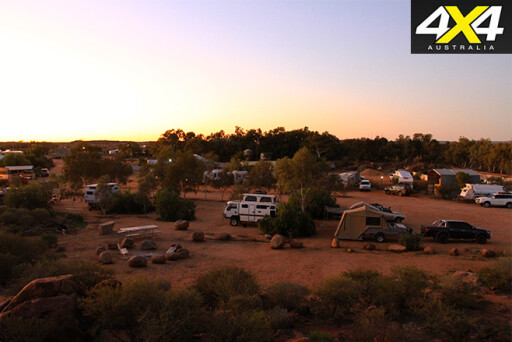 On the search for inland sea, explorer Charles Sturt pushed his way through Tibooburra back in 1845. A replica whaleboat that Sturt and his men dragged into this area is mounted in the town’s park alongside other historical gear, highlighting how machinery has advanced over the years.
On the search for inland sea, explorer Charles Sturt pushed his way through Tibooburra back in 1845. A replica whaleboat that Sturt and his men dragged into this area is mounted in the town’s park alongside other historical gear, highlighting how machinery has advanced over the years.
There are numerous tourist drives within Sturt National Park, such as Gorge Loop Road, which starts 24km east of Tibooburra. This 100km loop road explores Mount Woods and the nearby pastoral museum.
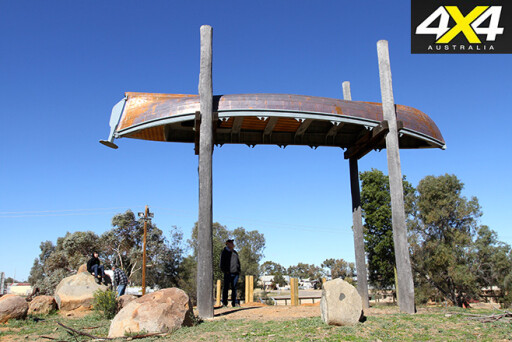 The Jump-Up Loop Road to the north leads towards the Queensland border and the Silver City Highway. On this road you’ll find the Olive Downs campground, 55km north of Tibooburra. Here you can camp in a remote area and wander the ruins of Olive Downs station.
The Jump-Up Loop Road to the north leads towards the Queensland border and the Silver City Highway. On this road you’ll find the Olive Downs campground, 55km north of Tibooburra. Here you can camp in a remote area and wander the ruins of Olive Downs station.
The 110km three-hour self-guided drive along the Jump-Up Loop Road takes you through some amazing and harsh country, including desert areas, gibber rock plains and red dune country.

Another highlight of Sturt National Park is to spend a night or two camping at Fort Grey. Located 110km west of Tibooburra, this campground is situated near Lake Pinaroo, where you can walk across the dry lakebed via Wells Walk to Sturt’s Tree. When full, this lake is alive with birds and other animals enjoying the cool waters of the outback.
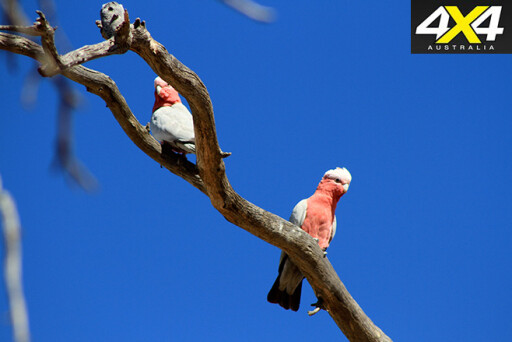 Middle Road, which starts just north of Fort Grey, takes you eastward along the Wild Dog Fence (formerly the Dingo Fence) through a diverse landscape of low flood and gibber plains, and along the edges of red sand dunes. This 80km road passes the top end of Lake Pinaroo, offering vast views of the lake’s beauty.
Middle Road, which starts just north of Fort Grey, takes you eastward along the Wild Dog Fence (formerly the Dingo Fence) through a diverse landscape of low flood and gibber plains, and along the edges of red sand dunes. This 80km road passes the top end of Lake Pinaroo, offering vast views of the lake’s beauty.
Other highlights along the way include historic bronco horse yards and several bores. Middle Road is a relatively easy drive and it joins back on to Toona Gate Road, which is 75km north of Tibooburra.
Sturt National Park has stayed virtually untouched since the days of Charles Sturt’s expedition. With an array of endangered flora and fauna, as well as historical landmarks and significant tourist opportunities, it’s a park well worth a visit.

TRAVEL PLANNER
WHERE
Located 1300km north-west of Sydney and 330km north of Broken Hill, Sturt National Park has hidden treasures and some great camping. The park covers more than 3500km2 and includes dunes in the jump-up country, semi-dried desert areas and a few flood plains. Within the park there are walking trails, ruins and lakes. This is one of NSW’s most remote parks.
CAMPING
Fort Grey is located on the western side of Sturt National Park, with Lake Pinaroo close by. Fort Grey’s camping area has pit toilets, shelters with free gas barbecues, and several water tanks. There’s ample room for camper trailers, tents and off-road caravans. Unfortunately, no wood fires can be lit in this camping area, though gas barbecues are most welcome. Self-registration is available at Fort Grey for payment of camping fees, which at the time of writing was $5 per adult and $3 per child per night. Other campgrounds within the park include Olive Downs, Mount Woods and Dead Horse Gully.
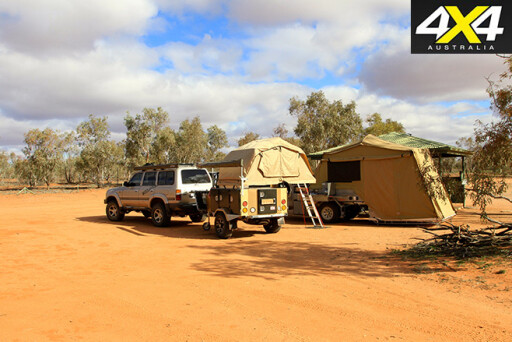 SUPPLIES AND FACILITIES
SUPPLIES AND FACILITIES
Out here in the Corner Country you need to be self-sufficient, as it’s a remote park. There is no phone service. Fuel and basic items can be found at Tibooburra. The Cameron Corner store, 140km to the west of Tibooburra, has both diesel and unleaded fuel, but it can be hit or miss. Campgrounds have basic facilities.
MAPS AND GUIDES
NPWS has several visitor guides, which provide relevant and necessary information. Hema Maps’ Outback NSW covers the area and shows campgrounds, points of interest and other relevant information.
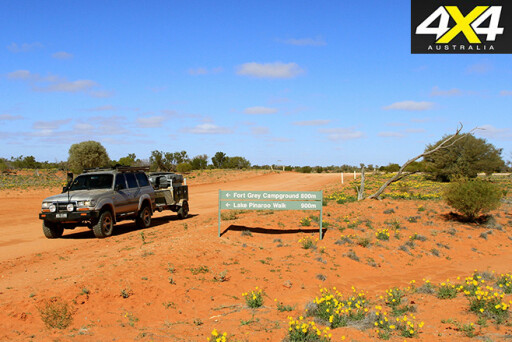 TRIP STANDARD
TRIP STANDARD
When the conditions are good, this area can be traversed in most four-wheel drives and soft-roaders. Be aware of corrugations and the remoteness of this area. Your vehicle must be well-prepared and you need to be self-sufficient with spares, water, food and communication.
FURTHER INFORMATION
Tibooburra NPWS is located in Briscoe Street, Tibooburra. The visitor centre also houses displays on local Aboriginal culture and wildlife in the area. Contact NPWS at Tibooburra
on (08) 8091 3308, or visit the Office of Environment and Heritage website.

COMMENTS